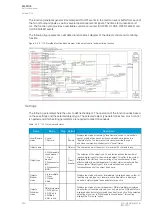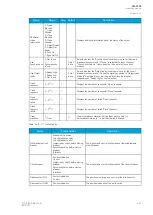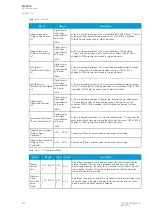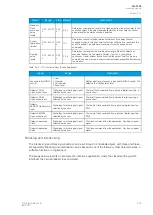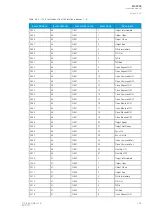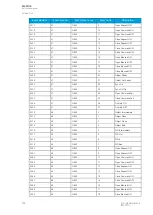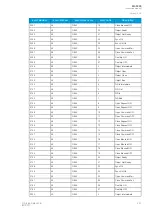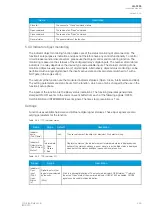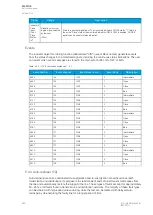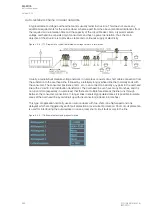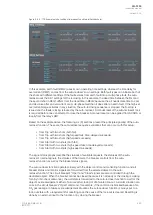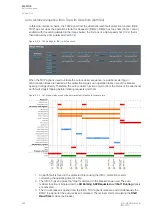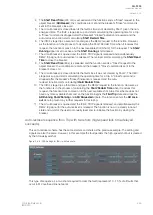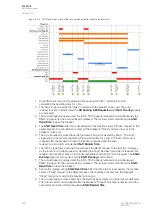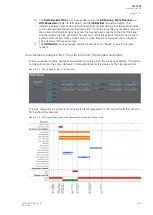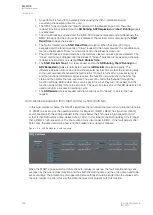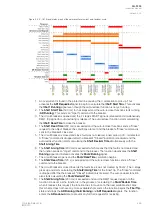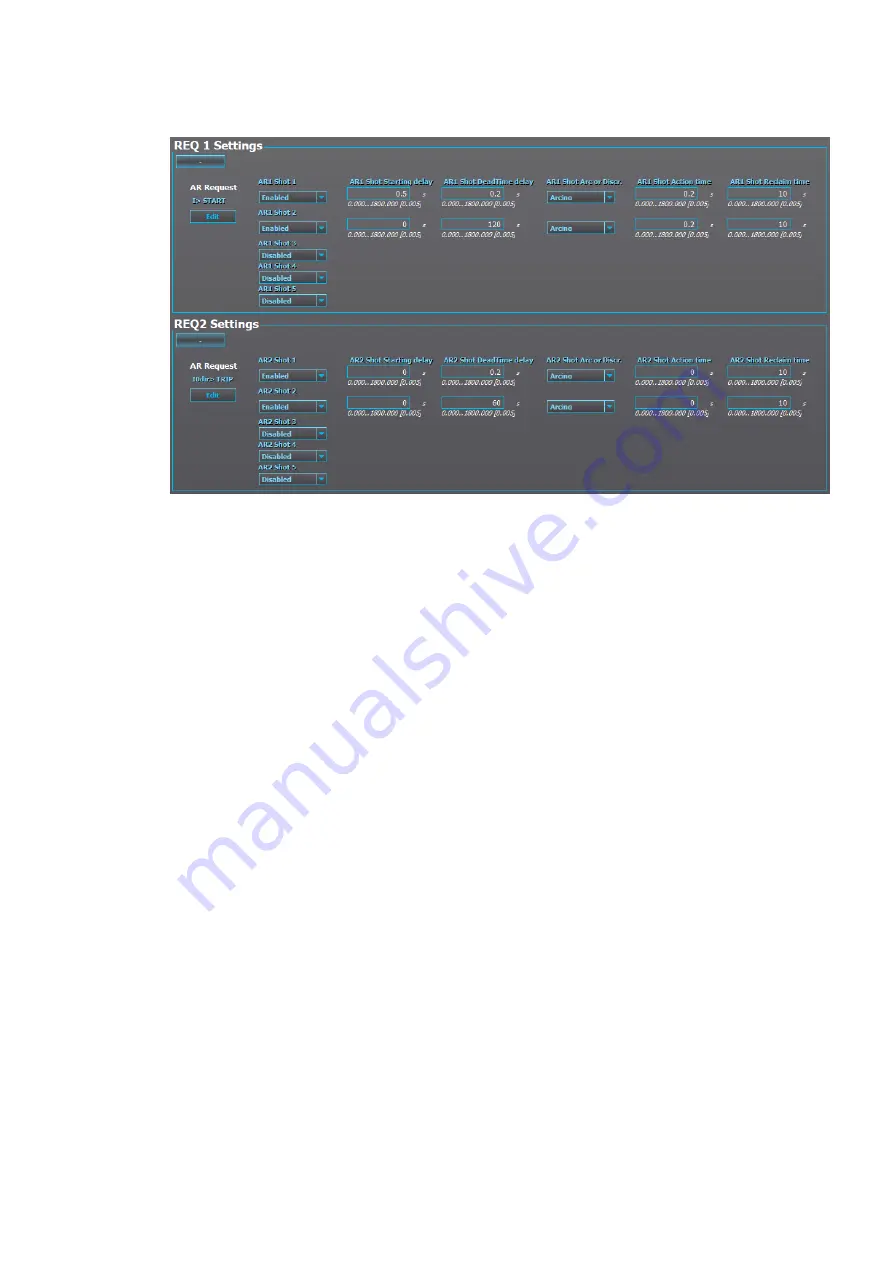
Figure. 5.4.4 - 179. Example of shot settings (two requests and two initialized shots).
In this example, earth fault (REQ2) uses its own operating time settings, whereas the time delay for
overcurrent (REQ1) comes from the auto-recloser's own settings. Both fault types can initialize both of
the shots with different settings. If the fault evolves from earth fault into a multi-phase fault, the auto-
recloser uses the AR1 settings for the reclosing. In this example, the dead time between the first and
the second shot in REQ1 differs from the dead time in REQ2 because the air needs more time to cool
and de-ionize after an overcurrent or a multi-phase fault than it does after an earth fault. If the high-set
overcurrent stage activates in any situation, the auto-reclosing sequence is stopped, the final trip is
issued and the feeder closing is locked by the auto-recloser. A manual reset of the auto-recloser's lock
is required before one can attempt to close the breaker. A manual reset can be applied from SCADA or
locally from the relay's HMI.
Based on the example above, the following six (6) sections present the principle signaling of the auto-
recloser function. These are the auto-recloser sequence variations that can occur with this setup:
• from Trip with two shots (both fail)
• from Trip with two shots (high-speed fails, time-delayed succeeds)
• from Trip with two shots (high-speed succeeds)
• from Start with two shots (both fail)
• from Start with two shots (high-speed fails, time-delayed succeeds)
• from Start with two shots (high-speed succeeds).
The signal status graphs describe the statuses of available requests, the statuses of the auto-
recloser's internal signals, the statuses of the timers, the breaker controls from the auto-
recloser function as well as the breaker status signals.
The auto-recloser function operates closely with the object control and monitoring function, and all
breaker status and monitor signals are forwarded from the selected object to the auto-
recloser function. The circuit breaker's "Open" and "Close" signals are also controlled through the
dedicated object. When the breaker cannot be closed (because it is not ready or the closing is waiting
for a Synchrocheck allowance), the wait state is forwarded to the auto-recloser function to wait for the
object's acknowledgement either of a successful closing or of a failure time-out. A similar situation can
arise in the circuit breaker's "Open" command, for example, if the command is blocked because of an
SF
6
gas leakage. In failure acknowledgement situations the auto-recloser function is always put to a
lock-out state with a requirement for resetting once the cause of the lock-out is cleared. Resetting is
done by an external input to the function or by closing the breaker.
A
AQ
Q-F205
-F205
Instruction manual
Version: 2.04
© Arcteq Relays Ltd
IM00013
263
Содержание AQ F205
Страница 1: ...AQ F205 Feeder protection IED Instruction manual ...
Страница 2: ......
Страница 379: ...Figure 7 4 245 Example block scheme A AQ Q F205 F205 Instruction manual Version 2 04 Arcteq Relays Ltd IM00013 377 ...
Страница 389: ...Figure 8 7 254 Device installation A AQ Q F205 F205 Instruction manual Version 2 04 Arcteq Relays Ltd IM00013 387 ...


